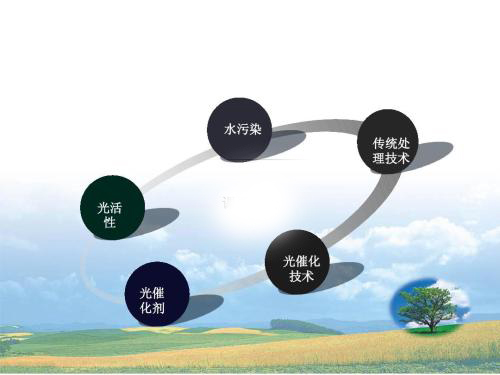Silica Bismuth - Tungstate Composite Photocatalyst
- Details
- Category: Tungsten Information
- Published on Thursday, 07 November 2019 00:08
At present, due to the increasingly high energy shortage and environmental pollution caused by the rapid development of industry, the demand for clean energy and clean technology that can effectively use solar energy is becoming more and more urgent. The photocatalytic technology is environmentally friendly, energy-saving, mild in response conditions and The advantages of secondary pollution show good application prospects. Among many photocatalytic materials, Bi2WO6 is a kind of visible light photocatalyst with many researches and good photocatalytic activity.

After many scholars' research, bismuth tungstate has no less than ten kinds of composite schemes. Some scholars have put forward a silicon dioxide bismuth tungstate composite photocatalyst scheme, which uses silicon dioxide as the carrier to support bismuth tungstate, so as to improve its catalytic activity. The specific composite scheme is as follows:
Combined with acid-base two-step catalytic method, 20 ml TEOS, 20 ml EtOH, 8 ml water, 7 ml N-N dimethylformamide (DMF) were used as catalysts. Finally, 10 ul concentrated hydrochloric acid was added as catalyst. DMF was used as drying control chemical additive (DCCA) to regulate and guide the formation of three-dimensional gel network. The gelation temperature is 60 ℃, and the gelation treatment is carried out under the environment of oil bath. The stirring method is magnetic stirring, the stirring speed is 500 rpm, the stirring time is 1.5h, and the pH value of the gelation treatment is 6. Ammonia water was used as alkali regulator in the gelation process. Add about 180mg of bismuth tungstate before the gel, continue to stir for a period of time, wait for the gel, add the aging solution after the gel, the aging solution is ethanol, the aging times are twice, and place it in hexane for once; dry it for two days under normal pressure and normal temperature, and finally dry it in the oven at 60 ℃ for 8h, at 80 ℃ for 4h, and at 100 ℃ for 2h respectively, to obtain silica aerogel composite bismuth tungstate photocatalysis agent.
Silica bismuth - tungstate composite photocatalyst can effectively treat herbicide 2,4 ‑D, or phenol, methylene blue, Rhodamine B, methyl orange, heavy metal ion chromium, lead, mercury and other polluted wastewater, which has very important environmental protection significance.
- Tungsten Oxide Manufacturer & Supplier, Chinatungsten Online: www.tungsten-oxide.com
- Tungsten News & Prices of China Tungsten Industry Association: www.ctia.com.cn
- Molybdenum News & Price: news.molybdenum.com.cn
- Tel.: 86 592 5129696; Fax: 86 592 5129797; Email: sales@chinatungsten.com



 sales@chinatungsten.com
sales@chinatungsten.com